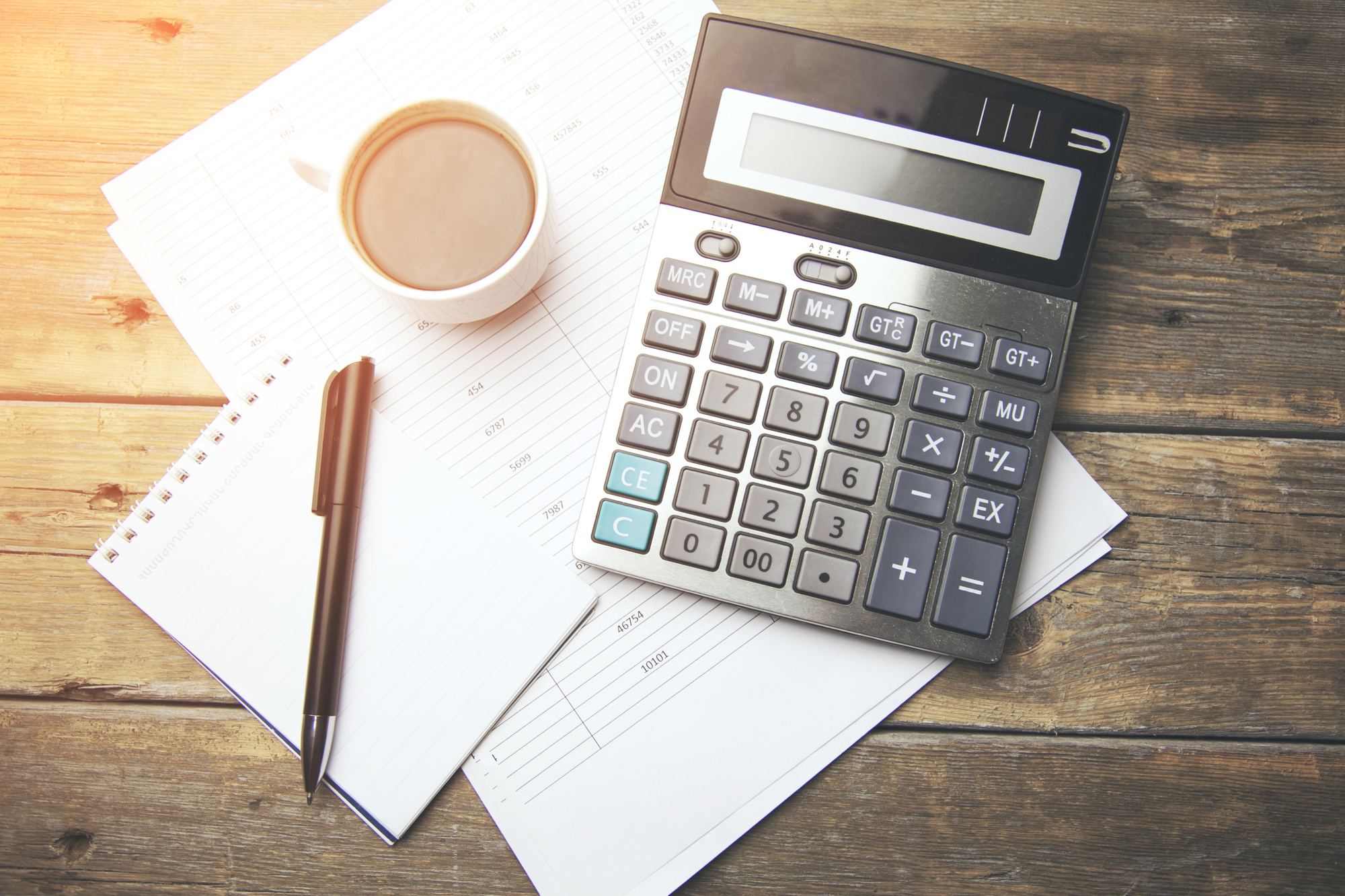Are you constantly worried about money? Do you wish there was a better way to budget so you could stop worrying and start enjoying your hard-earned money?
There are many different ways to create a better budgeting system. It doesn’t have to be difficult.
We’ll share some insights to help you find the best system for your finances.
Contents
Defining Your Goals
If you want to find an effective budgeting tool, you need to first understand what your goals are. Once you know what those goals are, it will be much easier to create a budget that reflects them.
If your goal is to save money, you’ll want to make sure that your budget includes enough funds set aside each month. You may also want to consider setting aside money each month for future investments or bills.
If your goal is to pay off debt, you’ll need to create a budget that allows for smaller monthly payments. You may also want to focus on debt payments over other expenses. This is to reduce the amount of interest that accumulates on the debt over time.
Tips for Setting Realistic Spending Goals
When it comes to saving money, it’s important to set realistic goals. If you don’t have a good understanding of where your expenses stand, you won’t be able to reach your savings goals.
The first step to setting realistic spending goals is determining your expenses. You should also learn to track them regularly. This will help you see where your money goes and what areas you can cut back on.
You can use a budgeting app or spreadsheet to track your expenses. Or, you can just keep a journal to write down everything you spend each month.
Once you know your expenses, the next step is setting minimum monthly savings targets. Generally speaking, you want to aim to save at least 20% of your income each month.
This number varies depending on your income and specific needs. One example is if you have children in college.
So start by calculating how much you need to save each month from reaching your target amount and then work from there. You can use a budget calculator for this.
One of the biggest problems with setting unrealistic spending goals is that it becomes difficult to maintain them. If you’re not seeing any progress made toward your savings goals, it’s likely because you’re not sticking to them. Be persistent and keep track of your expenses and savings each month to make real changes.
What Are the Different Types of Budgets?
There are a few different types of budgets that can work for different people. If you want to know how to make a monthly budget, you must first know the different types. The most common type of budget is the spending plan.
This is a list of all the expenses you expect to incur in the upcoming year. You then create categories for each expense and figure out how much money you need to spend on each to cover your costs.
Another type of budget is the income budget. This focuses on forecasting your income and then allocating money accordingly. You could then use the money to pay your bills, save for retirement, or for anything else you may want to do.
Then, there is the goal budget. This type of budget focuses on setting specific goals for the year and figuring out how much money will be necessary to reach those goals.
Each budget is different and should be tailored to the individual. Talk to a financial advisor to get started on creating the right budget for you.
Choosing the Right Budgeting Method
There are a few different budgeting methods that you can use to help manage your finances. The most important factor is to find a method that works for you and fits your spending habits.
One popular method is the paycheck-to-paycheck method. This approach divides your income into monthly payments. Then, it tracks how much money is left over each month.
This method is helpful if you have inconsistent income. This will also work well if you tend to spend more money than you earn. It would also be helpful if you take tax returns into account.
Another budgeting method is the cumulative method. This approach takes all your planned expenses and adds them up over a year or a set period. This method helps you see how much money you will have left after each category of expense gets paid.
Creating a Monthly Budget
When it comes to managing your finances, creating a budget can be one of the most difficult tasks. But with the right system, you can ensure that all your spending gets tracked and manageable.
To create a budget that works, start by gathering all your income information for the past month. Once you have this information, create a list of all your expenses. This includes both necessary expenses and luxury items.
Once you have your expenses list, begin dividing them into two categories. They should belong to either essential or nonessential.
Essential expenses are those necessary for maintaining your lifestyle and covering basic costs. Examples are groceries, rent, and utilities.
Nonessential expenses are anything that you can live without. These could include things like entertainment, weekend getaways, or personal care items.
Once you have categorized your expenses, it’s time to figure out how much money you will need each month to cover them all. To do this, take total income minus total essential expenses and divide that number by 12.
By doing this, you’ll find your monthly budget amount. Make sure to adjust this amount as needed based on changes in your income or essential expenses.
Creating a budgeting system like this is important for two reasons. One is that it helps you stay accountable for your spending decisions.
It then allows you to track your progress so you can see if you need to make adjustments to hit your financial goals. If you find it difficult to stick to a budget, consider hiring a professional financial planner to help you create a system that works for you.
Adjusting Your Budget as You Go
If you’re like most people, you start your budgeting process by coming up with a figure for what you think you need. But as the year goes on, it becomes harder and harder to stick to that number.
Why? Because life happens. You may find yourself spending more than you originally thought. This can be due to unexpected expenses or changes in your income.
The good news is that there are ways to adjust your budget as you go. One of these is to keep a budget journal.
This is one of the most important things you can do to stay on track with your budget. Every week, write down all your spending.
This should include what you spent, how much it cost, and why. This will help you see where your money is going and make adjustments as needed.
Then, be sure to take advantage of cash-back programs and rebates. Many companies offer cash-back or rebate programs for their customers.
When you spend money at these businesses, be sure to ask if they offer any kind of financial incentive program. You might get a lot of value out of it!
Also, remember to make cuts where necessary. It’s important not to cut corners when it comes to your finances. Keep in mind that even small cuts can add up over time.
Try to reduce unnecessary expenses like cable TV or eating out every night). When possible, do use coupons and discounts.
One of the most important things you can do to stay on budget is to be aware of your debt levels. If you have high-interest debt or any other type of debt that’s difficult to pay off, be sure to take measures to reduce those debts as you can.
What Are the Benefits of Budgeting
Budgeting can be a great way to manage your finances and get the most out of your money. One of the biggest benefits of budgeting is that it will teach you how to spend less.
By learning how to stick to a budget, you’ll be able to save money and avoid unnecessary spending. This can help you improve your financial situation.
Another benefit of budgeting is that it can help you build savings over time. By following a budget, you’ll be able to track your spending and figure out where you can cut back on expenses. This will help you accumulate more money over time, which can be useful in times of need.
One of the best ways to save money with a budget is by reducing your grocery bill and your bill payments. Budgeting can also help you find cheaper alternatives for things like utilities and car insurance. This will save you a lot of money in the long run!
Building a Budgeting System
Creating a budgeting system is a great way to manage your finances and stay organized. With a good system in place, you can save money, track your spending, and make decisions that are best for your finances.
Start today and take control of your financial future! You’ll be happy you did.
If you like this content, check out the rest of our site for additional helpful reads.



